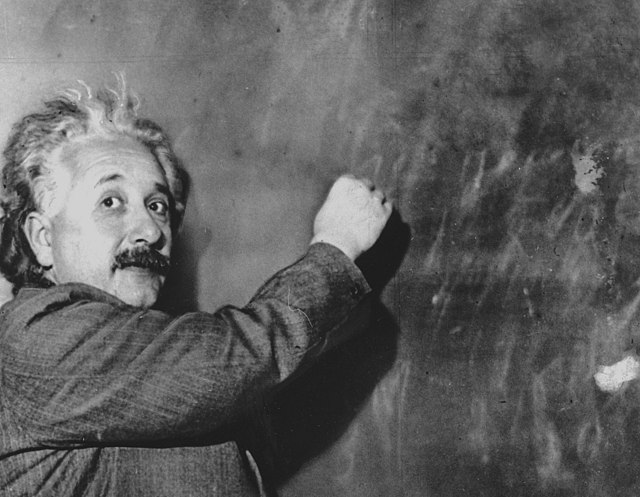Einstein’s “Greatest Mistake” May Actually Help Explain Why The Universe is Expanding So Quickly
What comprises the universe? This question has captivated astronomers for centuries. For the last 25 years, scientists have understood that “normal” matter, such as atoms and molecules that make up everything we see, including ourselves and Earth, constitutes only 5 percent of the universe.
Another 25 percent consists of “dark matter,” an elusive substance that, while invisible, exerts gravitational effects on normal matter.
Dark Energy Driving Expansion
The remaining 70 percent of the universe is made up of “dark energy.”

Source: Wikimedia
Discovered in 1998, dark energy is believed to be driving the universe’s accelerated expansion.
Complexity of Dark Energy
A new study, soon to be published in the Astronomical Journal, has provided the most detailed measurements of dark energy to date.

Source: Wikimedia
The findings suggest it might be a hypothetical vacuum energy first proposed by Einstein, or it could be something more complex that varies over time.
Einstein’s “Greatest Mistake”
Over a century ago, when Einstein formulated the General Theory of Relativity, he realized his equations implied the universe should be expanding or contracting.

Source: Hulton Archive/Getty Images
To counteract this and maintain a static universe, he introduced a “cosmological constant”—an inherent energy in empty space. However, when Henrietta Swan Leavitt and Edwin Hubble demonstrated that the universe was indeed expanding, Einstein discarded the cosmological constant, labeling it his “greatest mistake.”
Discovery from the 90’s
In 1998, two research teams discovered that the universe’s expansion was accelerating, indicating the possible existence of something akin to Einstein’s cosmological constant—now known as dark energy.

Source: Earth Science and Remote Sensing Unit/Wikimedia
Since then, supernovae and other methods have been used to study dark energy’s nature.
Dark Energy Remains Constant
These observations have suggested that the density of dark energy remains constant, even as the universe expands

Source: Wikimedia
This constancy is measured by a parameter called w. Einstein’s cosmological constant effectively set w at –1, and previous observations have supported this value.
Utilizing Brightness
To measure the universe’s contents and its growth rate, astronomers use “standard candles”—objects with known brightness.

Source: Freepik
By comparing their apparent brightness, distances can be calculated.
Measuring Exploding Stars
Type Ia supernovae, a type of exploding star, serve as a common cosmic light bulb. These explosions occur when white dwarf stars accumulate enough mass from a companion star to reach 1.44 times the mass of the Sun, leading to an explosion.

Source: Freepik
By measuring the rate at which these explosions fade, astronomers can determine their brightness and distance.
No Small Project
The Dark Energy Survey, the largest project of its kind, involves over 400 scientists from multiple continents.

Source: Wikimedia
Over nearly a decade, they have repeatedly observed sections of the southern sky, looking for new supernovae.
Higher Precision in Research
Frequent observations and a wide search area increase the number of supernovae detected.

Source: NOIRLab, M. Zamani/Wikimedia Commons
Initial dark energy measurements used only a few dozen supernovae. The latest Dark Energy Survey results utilize about 1,500 supernovae, providing much greater precision.
Technological Advancements
Using a specially designed camera on the 4-meter Blanco Telescope in Chile, the survey identified thousands of supernovae.

Source: Wikimedia
The 4-meter Anglo-Australian Telescope in New South Wales helped classify these supernovae by analyzing their light spectra, revealing unique features like the absence of hydrogen and silicon in Type Ia supernovae. Machine learning further facilitated the efficient classification of thousands of supernovae.
In Another Lifetime
After over a decade of research and the study of around 1,500 Type Ia supernovae, the Dark Energy Survey has produced a new measurement of w, finding it to be –0.80 ± 0.18, which ranges between –0.62 and –0.98.

Source: Wikimedia
This intriguing result is close to –1 but not exact, suggesting that dark energy might be more complex than previously thought and could vary over the universe’s lifetime.
